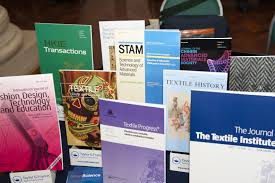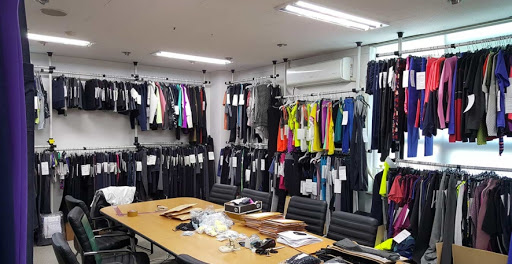What courses are essential for better textile engineering?
Textile engineering is such a discipline which will never lose its necessity or demand. Usually, textile refers to the fibre, yarn, fabric and/or clothing. However, with the tremendous advancement of the technology, textile is no more limited to these aforementioned items. Textiles have widespread applications from fashion to the space. At present, there is almost no fields where textiles are not being used.
Classification of textiles
These high-performance textile applications classify the textiles as smart-textile, geotextile, medical textile, technical textile, and so on. Textiles are dominantly being used in automotive, aerospace applications, protective textiles for military defence applications which is also sometimes termed as the ballistic applications. Different parts of the automotive are produced using textiles.
Three dimensional fabrics such as spacer fabrics are widely used to produce smart car seat. In addition, high strength, high modulus yarns are used to make the car tyres, belt, etc. Different high-performance fibre fabrics such as para-aramid or Kevlar fabric, carbon fabric, fiberglass, aramid fibre fabrics, etc. are heavily used to produce protective ballistic textiles which protect the wearer from the stabbing and bullets.
Protective armour made of the ballistic textiles are mainly classified into two principal groups as soft ballistic armour and hard ballistic armour based on the efficacy of protection from different types of threats. Soft ballistic cloths are made of the high-performance fabrics with some special finishes like shear thickening fluid (STF). This type of Armor consists of several high-performance fabrics which hinder the penetration of the sharp threats like knives and gun-bullets. Security officer, military defence personnel, police, and even VIPs are wearing this soft ballistic armours during their regular duty.
On the other hand, hard ballistic armours are made of the high-performance fibre reinforced polymer or ceramic composites. This type of armour is usually hard and heavier than the soft ballistic armours and can protect the wearers from high-speed bullets. Military personnel especially in emergency or battlefield wear this armour to be protected from the threats.
Smart textiles are another important type of textiles nowadays. This is also called as the e-textiles. Different optoelectrical nanomaterials are used in smart textiles. Smart textiles are providing tremendous features like wearer can know their blood pressure, body temperature, geotagging, etc. Jersey made of smart textiles provide sufficient fitness information of the individual players. E-textiles offer a significant contribution in the wearable technology. Light emitting smart textiles are also used in the bar or clubs. Light is emitting automatically with the movement of the dancer or wearer.
So far some of the remarkable textile applications have been discussed. Anyway, all these new and marvellous applications came true because of the tremendous research advancement. Researchers and scientists are working rigorously to produce new materials or new features of the existing materials. They are trying relentlessly to bring the best into light. Textile engineering education is also changing coping with the necessity and technological advancement.
Here in this article, some important suggestions are mentioned especially for the higher studies aspirants who want to carry out research on textiles science and engineering. The following subjects will be very fruitful for the textile engineering graduates who want to pursue research masters or PhD. These subjects are suggested (by Engr. Ikhra) to be included in the Textile engineering academic syllabus.
👉(1) Applied mathematics: should focus on the real-life problem solving and applications.
👉(2) Mathematical modelling: One of the most unavoidable courses since modelling and simulation getting prioritized more day by day.
👉(3) Data analysis tools like SAS, STATA, IBM’s SPSS, etc.
👉(4) Coding and machine language: students should learn how to use programming languages (like Python) for data analytics or artificial intelligence.
👉(5) Familiarize the students with the ways of knowing by reading research articles from their very 1st year.
👉(6) Introduce an entire 3 credit course just on “Academic Writing”. Must make sure how to articulate an Academic manuscript by following the journals indexed in Scopus and Web of Science.
👉(7) Since it’s an “Engineering” school, let’s show how to make the “engines”, which in our case would refer to making “textile” fibres or chemical “dyes” or “pigments” for examples.
The inclusion of the abovementioned courses will surely help the students to be sufficiently competent to compete with other international competitors as well as effective for those who will work for the industry. These are necessary for something innovative.
Texpedi.com
Check out these related articles:








Thank you sir.
Nice writing